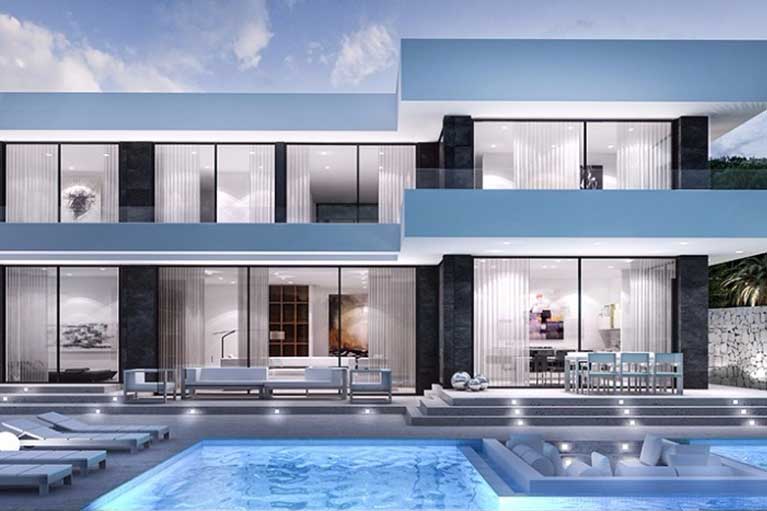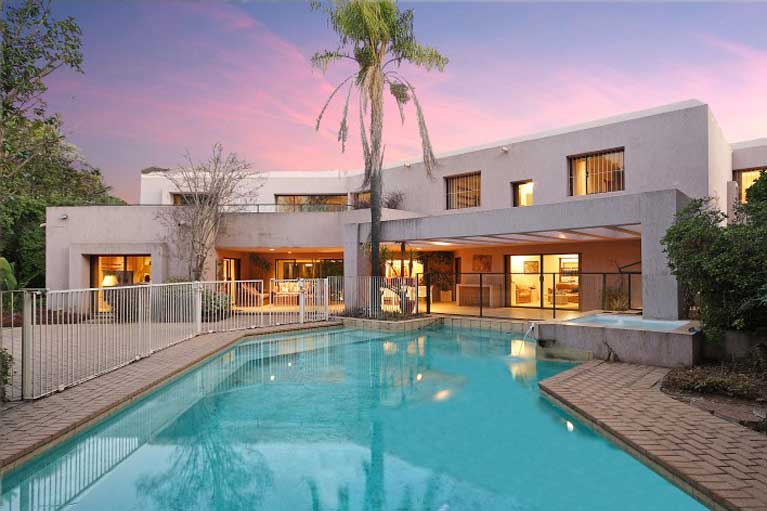UNDERSTANDING THE MODERN BUILT HOME CONCEPT
If you’ve been around the design scene for any time at all, you’ve no doubt heard the words “contemporary” and “modern” used often enough to describe the architecture, furniture, and overall home style and design. Is there a difference between the two? Absolutely. Although contemporary and modern terms have overlapping characteristics these days, the two style genres have different histories and different methods.
“Contemporary” architecture and style is, literally, what is being created and produced right now. It is dynamic, meaning it’s constantly changing. It can be quite eclectic for this reason – contemporary style isn’t tied down to one specific style – it’s of the moment and borrows bits and pieces from a variety of styles and eras.
“Modern” style describes a static (era-specific) design style that breaks with those per-Industrial Revolution traditional styles. Simply put, modern design is connected to the age of machination and is typically referred to of that of the 1920s-1950s (although some make the case that modern design refers to anything from the 20th Century).
One reason these two terms are used interchangeably, and, perhaps, confusingly, is because many of the characteristics and elements of modern design (a.k.a. mid-century modern or retro) are popular right now. Thus, modern design is an integral part of today’s contemporary design. We’ll see in 20 years what the new contemporary style is! Here are some examples of modern vs. contemporary designs:
Modern: Clean-Lined Architecture.
Modern architecture incorporates glass windows where walls would traditionally have existed (note the corner windows here), whitewash or white stucco, and intentional asymmetry. Flat roofs and distinct right angles are inherent in modern architecture as well.
Today’s Contemporary: Understated but Significant Architecture.
Contemporary architecture can be identified in this home by several critical characteristics: solid walls covered in randomly spaced (as opposed to whitewash), and a decided cantilever that is balanced by a notch on the other side of the building. Similar to modern architecture, this contemporary home has a flat roof and a boxy feel.
Modern: Clean Interiors.
Modern design is born from a vantage point of trying hard to break from tradition. Traditional spaces tend to be full, both visually and physically. Modern spaces, on the other hand, embrace simplicity in adornment. Modern interiors are clean and fresh, perhaps with a hint or two of color added.
Today’s Contemporary: Open Floor Plan.
Carrying through the desire for an inherent feeling of spaciousness in a contemporary space is the inclusion of an open floor plan. Kitchen merges with dining merges with living. The effect is simultaneously airy and comfortably livable.
Modern: Raised, Open Furniture.
Modern furniture tends to be raised off the floor (no traditional sofa skirts here!) and open, thus giving the entire space a feeling of airiness. Furniture lines of the modern design are clean and relatively simple, with minimal adornment or embellishment.
Today’s Contemporary: Unique Forms.
Today’s design lovers are all about showcasing individuality and personal style. Thus, unique forms often take center stage in a contemporary space. Paired with a glass tabletop, every design element of these unique dining chairs is highlighted.






